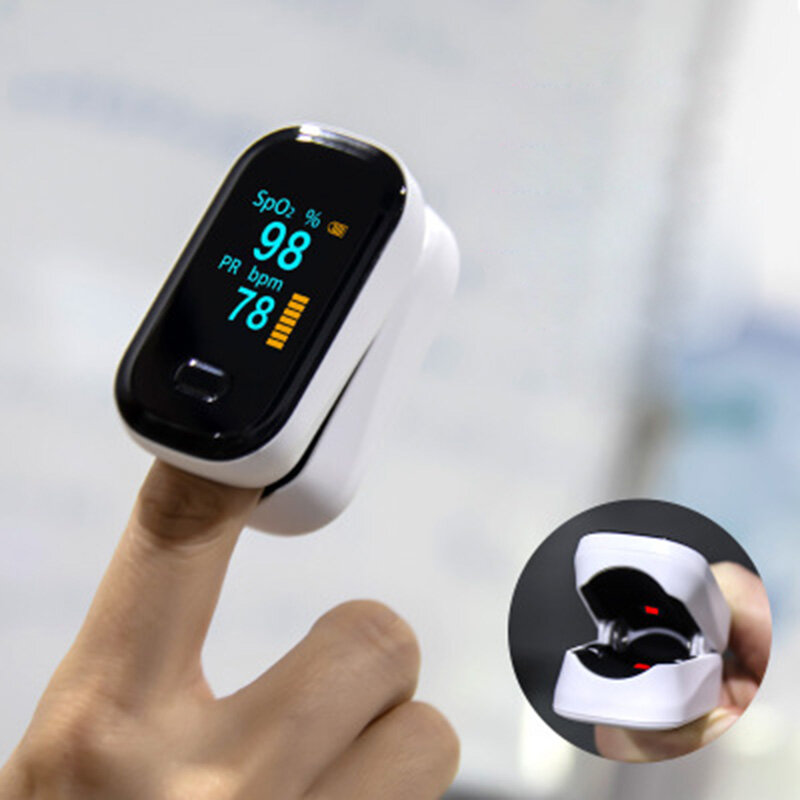
The potential for serious illness among the population has the people today taking proactive steps to monitor their health at home. The blood pressure cuff and thermometer are no longer the only medical equipment kept on hand. More people are keeping track of their respiration without the need for a doctor visit or a trip to the emergency room.
The average person can determine their blood oxygen level along with their heart rate using oximetry by using products like Masimo pulse oximeters. Oximetry is a user-friendly process. These are a small- sized rectangular piece that simply clips to the finger. With this ability to monitor levels, the potential for early detection allows for greater success with the treatment of severe diseases threatening people’s health.
The Fundamentals Of Hospital-Grade Personal Pulse Oximeter
A hospital-grade personal pulse oximeter is a tool that people living in what will be historic conditions opt to have on hand. The disease plaguing the population encourages the use of medical equipment when even the faintest symptoms strike as a way to monitor temperature and respiration levels.
Private equipment is not, by any means, a requirement in a healthy home. Still, the suggestion is for those who may suffer from preexisting lung conditions that include diseased lungs, COPD, asthma, or other breathing problems that may leave you more susceptible.
- Pulse Oximeter Fundamentals: The pulse oximeter device measures the peripheral oxygen saturation in the blood using either a finger, ear, or toe. The blood, especially proteins in the red blood cells, carries the oxygen throughout the body bringing it to the tissues. The pulse rate as far as the heart beats each minute shows the body tissues supply of blood and oxygen. Learn about the pulse oximeter at https://www.medicalnewstoday.com/articles/318489.
- Operating The Device: The at-home unit clips onto your finger, earlobe, or toe, but most use the finger. From that point, wavelengths of light detect hemoglobin, which is protein in blood carrying oxygen. After the light is transmitted, a reading calculates. The suggestion is to take the test while sitting still, and clipping it to the middle finger. There should be no nail polish on that finger. You want to use the device when your hands are at room temperature. Not following the protocol can result in a false reading.
- A Normal Reading: The claim is that an average, healthy person with no issues in the lungs will likely produce a reading in the range of 96 to 100%, which denotes a standard level of blood oxygen. The recommendation is that those who have a reading that is under 94% should seek an evaluation with their healthcare provider. The further claim is that anyone who produces a 90% calculation deems a ‘clinical emergency’ and needs urgent treatment – that is, according to WHO.
If you have poor results, track them to note any changes, along with any other symptoms you experience combined with the decreased level of oxygen. Remember to mark the heart rate also being monitored. For anyone over the age of 10, a standard heart rate notes to be in the range of 60 to 100 beats each minute – that is, according to WHO. Read to understand the functionality of the test.
- Obtaining A Device: The pulse oximeter is currently in high demand but can typically be found in drug stores, online, or with medical equipment suppliers. Though these are challenging to find at the moment. The suggestion is to check online, call the store that you generally do business with to see if they can order one for you. Another good option is to speak with your regular medical practitioner about obtaining the device or setting up regular monitoring with the office.
The recommendation is to avoid using your smartphone to measure your oxygen level. Researchers evidence these are not a reliable resource to use as a substitute for the actual oximeter. Any calculations that you receive from a phone should be followed by an accurate reading with a suitable oximeter.
As is valid with any at-home medical equipment, there is potential for inaccurate readings or improper use. Healthcare providers will incorporate their calculations when initiating treatment as opposed to relying on results taken from home for these reasons. It’s vital to believe what your body may be telling you despite receiving a result within normal limits. If you have symptoms that progressively get worse with readings that remain in range, there could potentially be an issue with the unit.
In this scenario, you can attempt a test on a healthy individual to determine the device’s effectiveness. But optimally, if your body is giving indications that there is something wrong, particularly if you’re experiencing shortness of breath symptoms, you should receive medical care. The best possibility is the reading is accurate, and the doctor will recognize your signs and offer appropriate treatment. Your safety and well-being are always a priority.